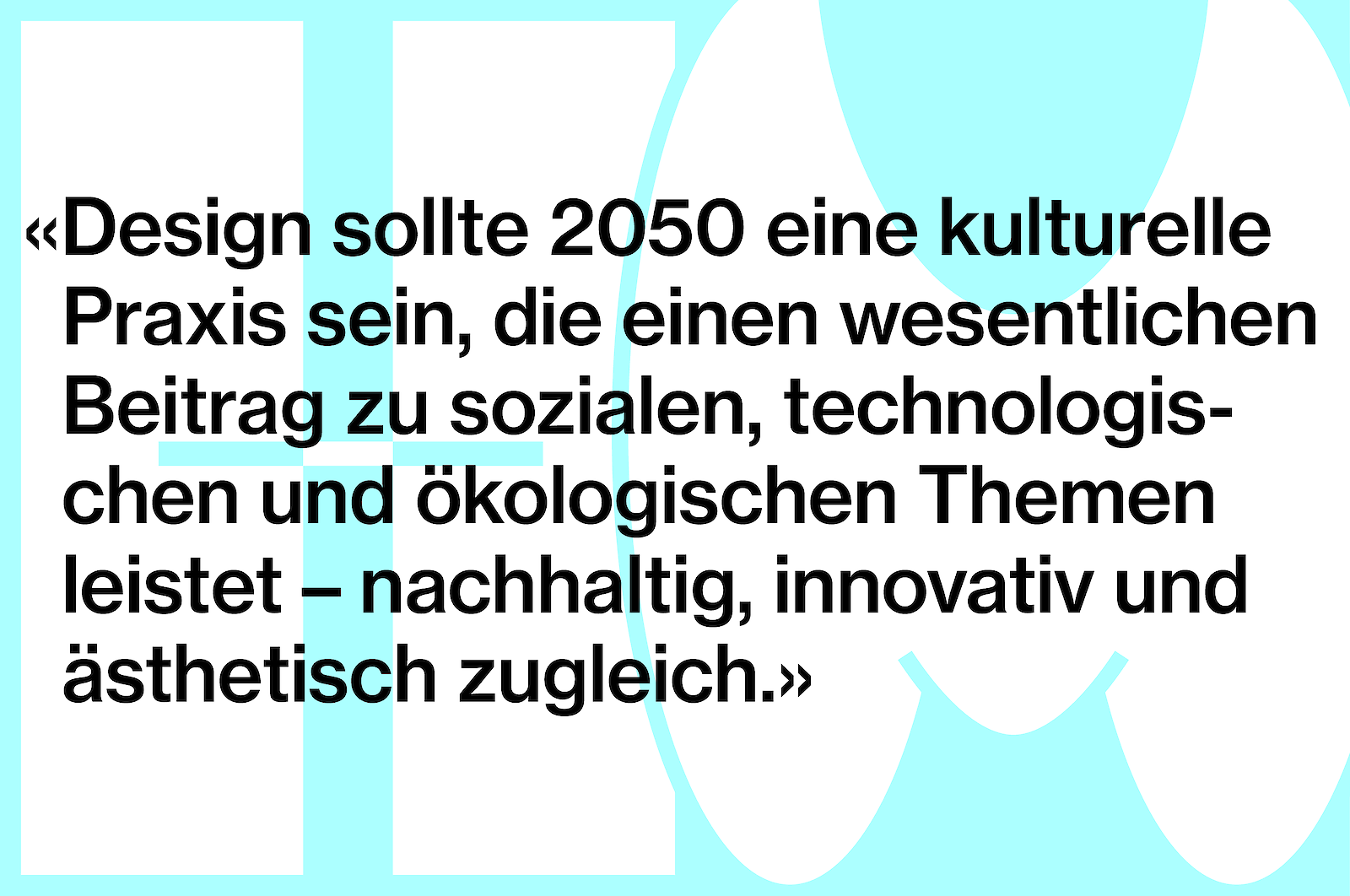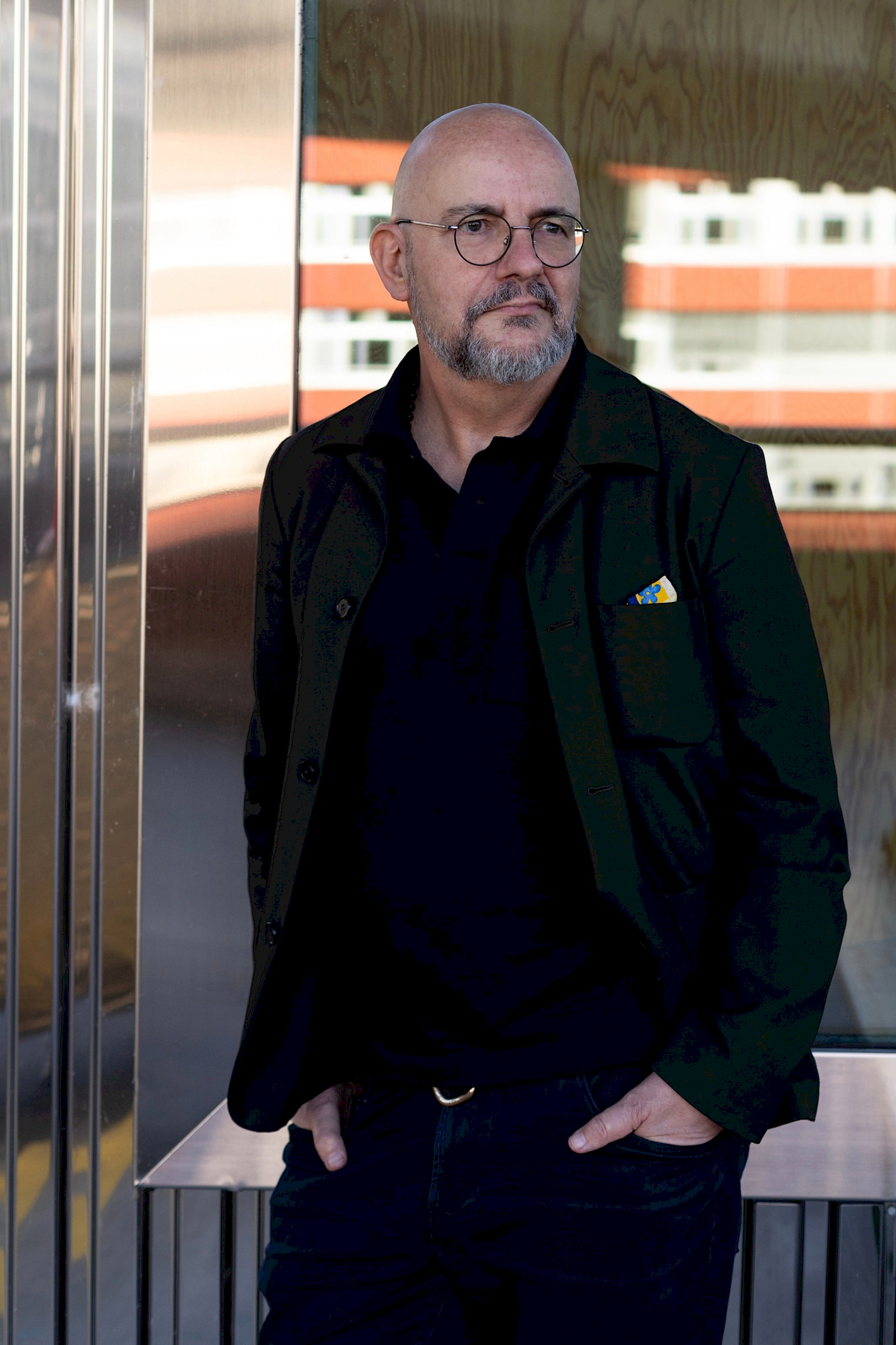Prof. Hansuli Matter
What does a typical working day involve for you?
Working in education is also a question of working out relationships in a fast-evolving field. The educational practice currently changes as rapidly as the actual subject of teaching and research – i.e. design – itself. In this highly dynamic environment, I regularly negotiate positions, practices and strategies – it’s an essential part of my daily work. This involves a lot of conversations, conceptual work and the communication of positions.
Where at the ZHdK can you be found?
The Toni Areal site offers many locations which inform and support my work. This wide variety of spatial qualities is something I really appreciate. In addition to that, there are the digital meeting spaces which have become increasingly more prevalent, but also force us to think about which formats are most suitable for which settings – locally or remotely, collectively or individually. Personally, I very much like the roof garden and the «Stammtisch» area [communal tables]. Both places have their own distinctive qualities.
Which topics are you focussing on at the moment?
Design speaks the language of aesthetics and concerns itself with innovation in a curious and playful way. At first glance, this may seem like a naive approach, but it opens up an intriguing range of possibilities which other disciplines just don’t have. In conjunction with critical reflections about the effects of design in terms of social, ecological and economic sustainability, it’s a highly relevant discipline that manifests itself and takes responsibility for the future. Relevancy is therefore the highest-priority topic for me – not «nice to have» but «urgent to do» is what’s important here.
What motivates you?
Learning is living. I’m very curious but also a patient person. It’s fascinating to work in an educational institution such as the ZHdK because it is so multi-faceted. It brings together very different disciplines, people and practices. I’m interested in potential connections, the idea of the collective, but also in risk-taking. Art means risk; irritations and resistance inspire me. In addressing them, I can learn a lot about myself and don’t remain confined to my small safe world.
Who would you like to work with one day?
In my role as head of the Department of Design, I have the privilege of working with a highly diverse range of people in very different contexts, including at an international level. This lived diversity is something I really value. My ideal collaborator is someone who keeps surprising me and challenges me to question my own position.
With whom would you like to switch roles for half a year?
That’s an interesting but also difficult question, since I’ve just acquainted myself with my new position as head of the Design Department of an internationally known educational institution, and really appreciate my work. What would appeal to me is the role of a researcher focussing on a very specific aspect of art and design. I would then examine subjects such as the effects of new technologies on society. What happens to democracy, teaching, and with individual biographies in the context of innovations in technology and life sciences?
What is your personal definition of design?
Design as a stable construct does not exist. Design is about experiment, change and assertion. That’s why the designer behind the artefact is more important than a polished design manifesto, because the attitude of the creatives behind the design is more relevant. I love the different facets of design which are shaped by personalities. The responsibility of design is global, integral and interdisciplinary. In the face of this, renouncing design can also be one possible attitude.
Where do you see the Department of Design in 2050?
Looking into a crystal ball is definitely not one of my foremost strengths, but I can express a wish. By 2050, design should be a cultural practice that makes an essential contribution to social, technological and ecological matters – in a sustainable, innovative and also aesthetic way. The design of objects will just be one dimension in this. The future is certainly going to be hybrid, and that doesn’t require a crystal ball.

